Product Description
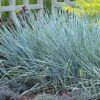
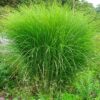
Miscanthus sinensis ‘Adagio’ – Adagio Maiden Grass
Native/Non-native – Non-native
Hardiness Zone – 5-9
Sun – Full sun
Moisture – Dry to moist
Size – 4-5′ height x 2-3′ spread
Comments
* Leaves turn a beautiful burgundy color in fall
* Fine textured, compact grower
Description
Miscanthus sinensis ‘Adagio’ – Adagio Maiden Grass
M. ‘Adagio’ and M. ‘Yaku Jima’ are very similar plants. They bloom at the same time and are both prolific bloomers. M. ‘Yaku Jima’ is a slightly bigger plant, but the main difference is that the leaves of M. ‘Adagio’ are slightly wider than those of M. ‘Yaku Jima’.
M. Adagio is not available in 2012. M. Yaku Jima is a virtually identical substitute.
Description: warm season*; clump forming
Foliage is green; blade width is 1 cm (3/8″); 100-125 cm (40-50″‘) in height
Flowers mid August until frost; 125-150 cm (50-60″)
Ideal conditions: full sun; moist fertile soil; tolerates a wide range of soil types; moderately drought tolerant; holds up to wind and snow
Zone: 5 – 9, possibly colder
Suggested uses: specimen, large containers, accent plant, drifts, border, dried arrangements
When divide: when it shows signs of life in the spring, continuing until the new growth is about 18″ tall; only in the spring
When to plant or transplant: plant bare root plants only in late spring to early summer, when the soil is warm, about the same time you plant your bean or corn seeds. The roots will grow only in warm soil. Planting too early in the spring may cause the roots to rot. Similar story in the fall when the roots may not grow enough to establish before the cold and wet of winter, resulting in the demise of the plant.
When to cut back: we enjoy the foliage of Miscanthus so much that we like to leave it standing until the new growth starts to appear, possibly as late as May. We also like the combination of the tan foliage and spring bulbs. Cut back to about 6″ from the crown of the plant.
Partner with: Molinia arundinacea, Pennisetum orientale, Salix purpurea ‘Nana’, Sedum spathulifolium ‘Cape Blanco’, Eupatorium cannabinum
Season of interest: July till spring; will likely remain standing all winter
Drought tolerance rating: 3 (water to root depth once a week);
Recommended spacing between plants: 100-150 cm (40-60″)
Native to: Miscanthus sinensis is native to marshes, slopes, mountainsides of Eastern Asia and west to Africa. It is a source for thatching material for temple roofs and homes.
Pronunciation: Miscanthus (mis-KAN-thus) sinensis (sin-EN-sis)
Sizes available: n/a in 2015 however M. sinensis Yaku Jima is a good substitute


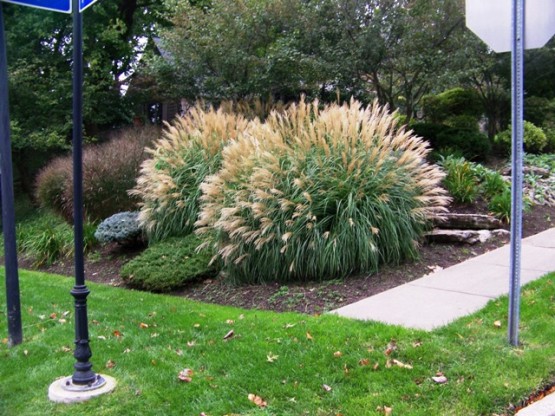
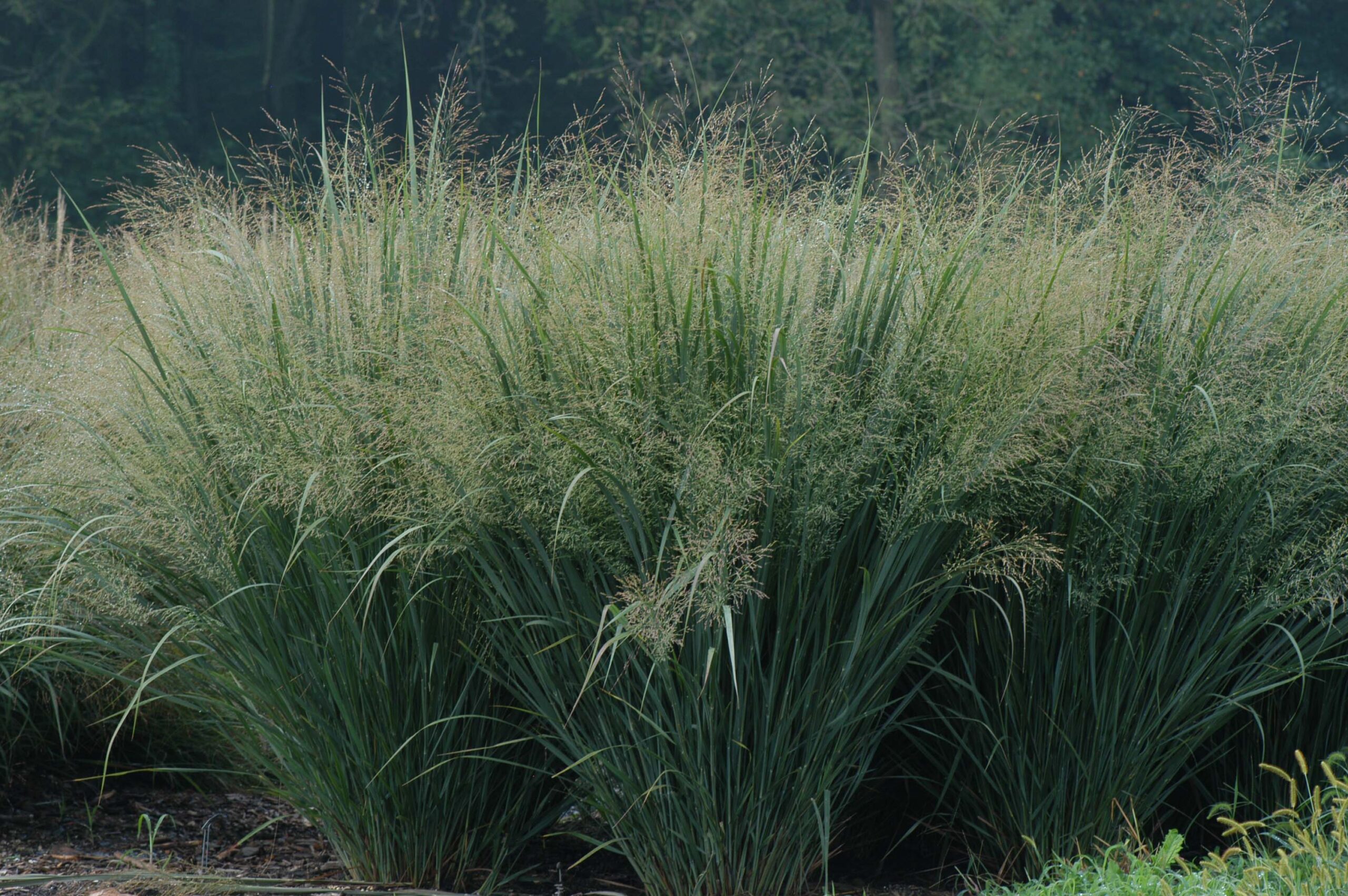
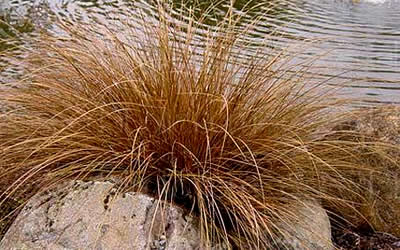
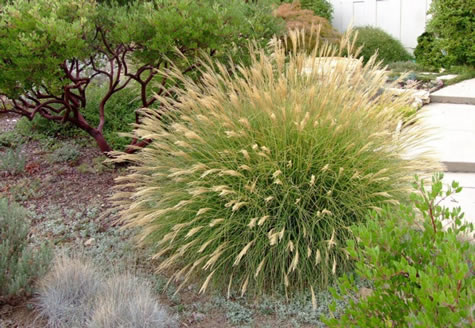

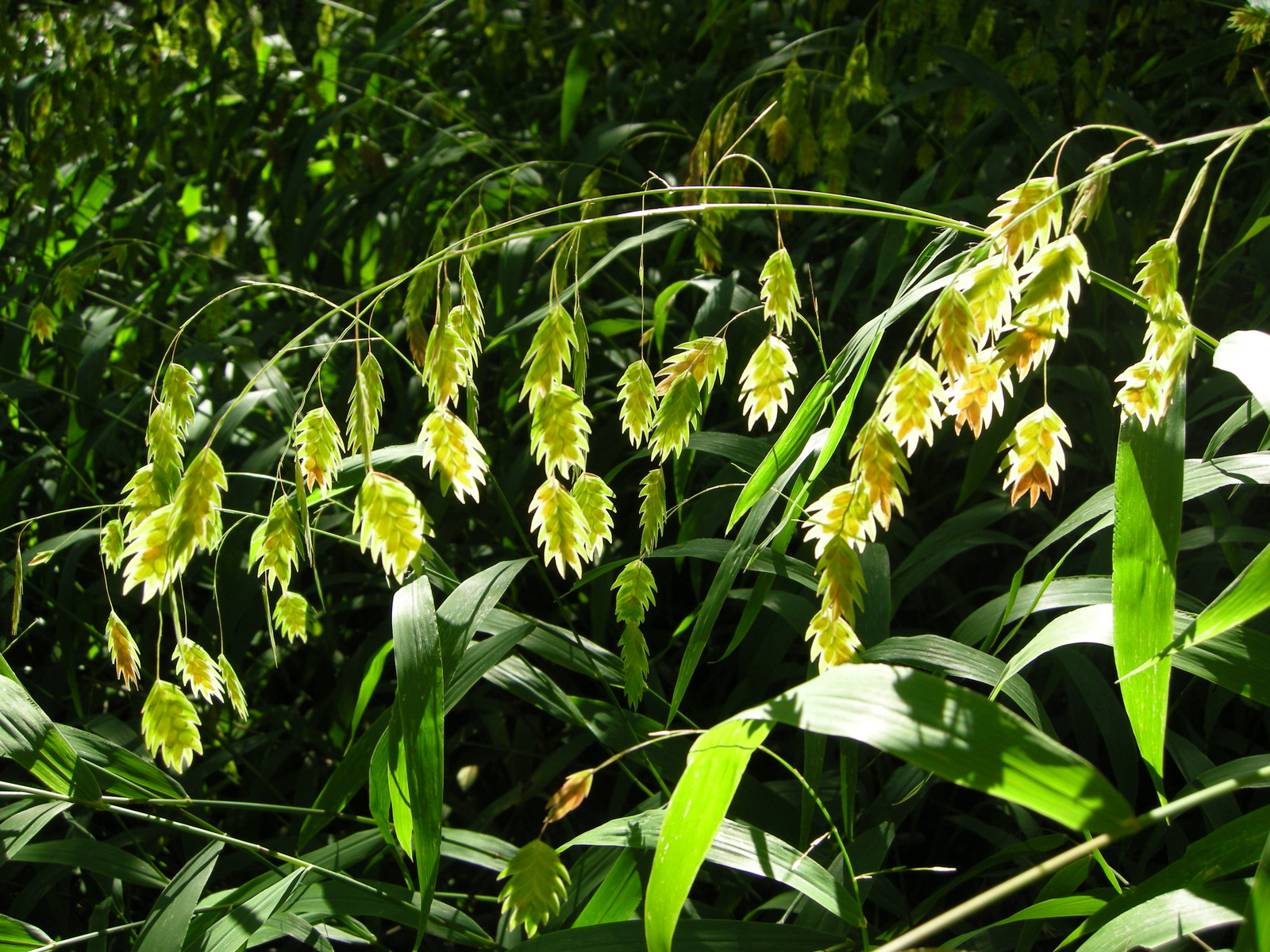



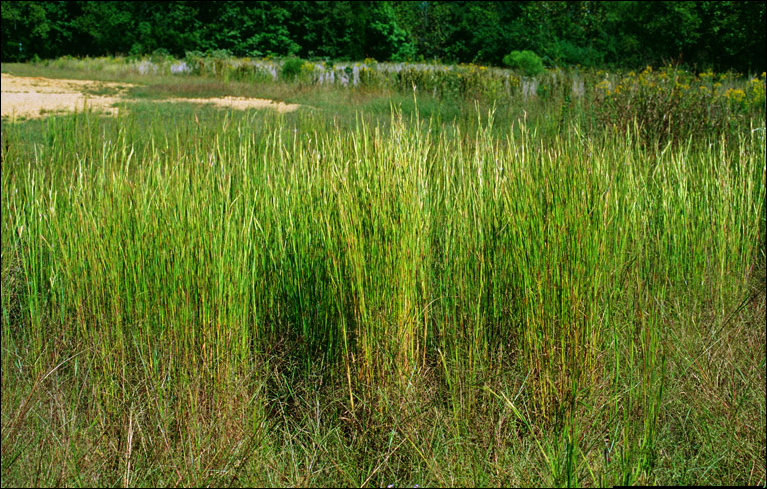
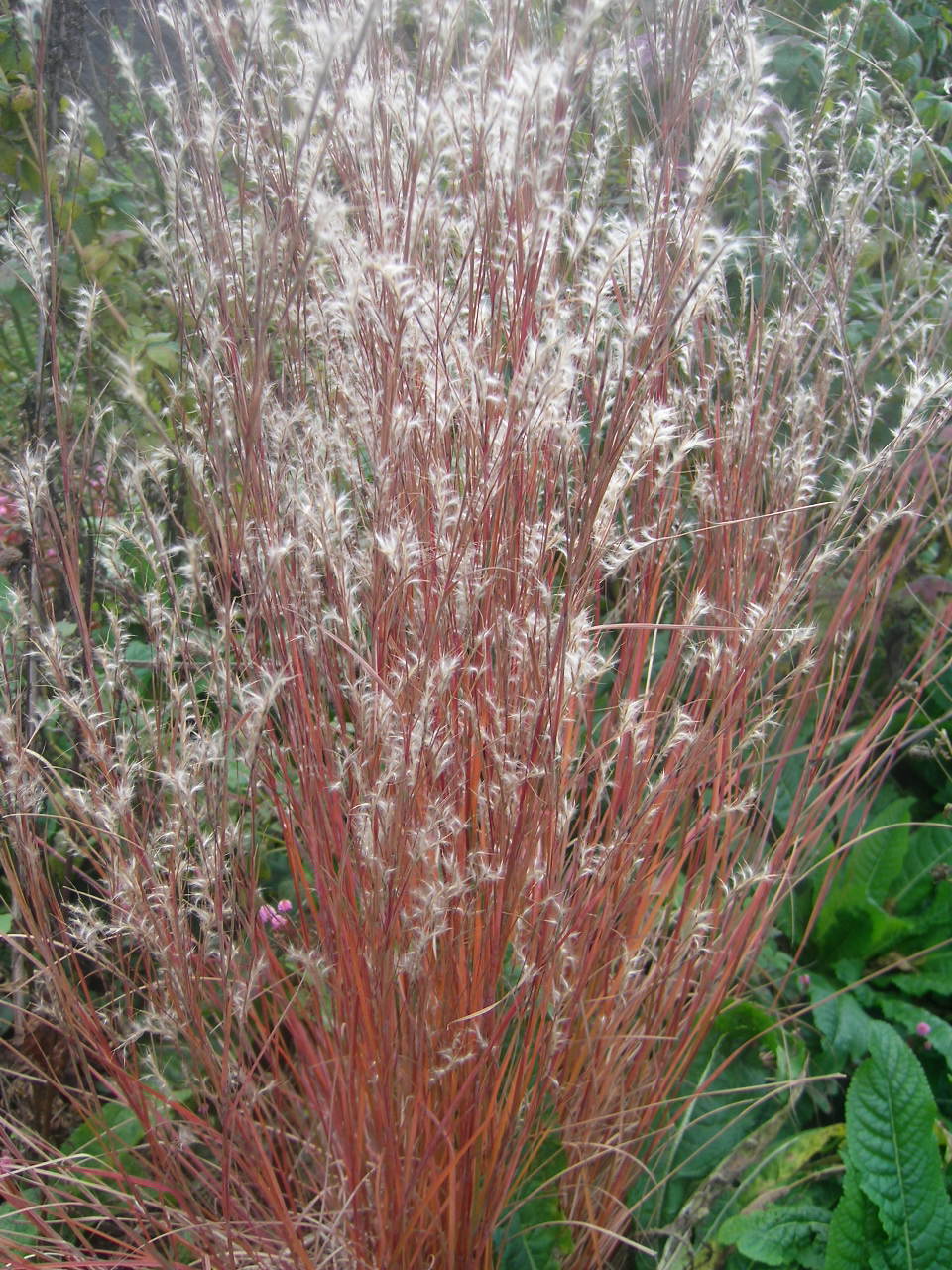
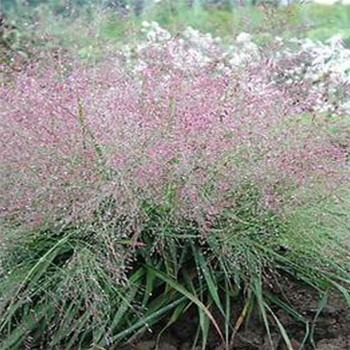
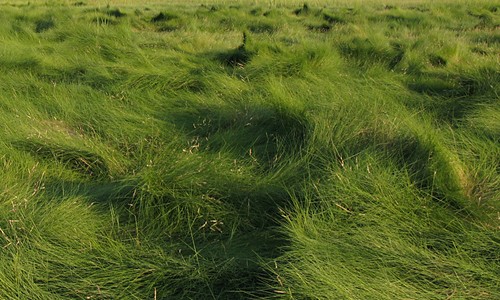
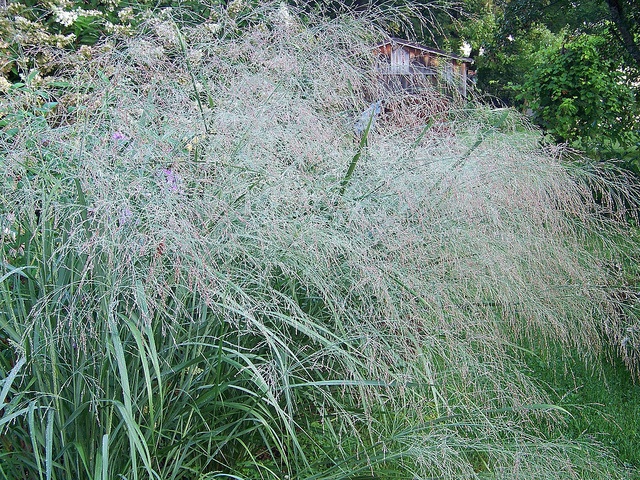
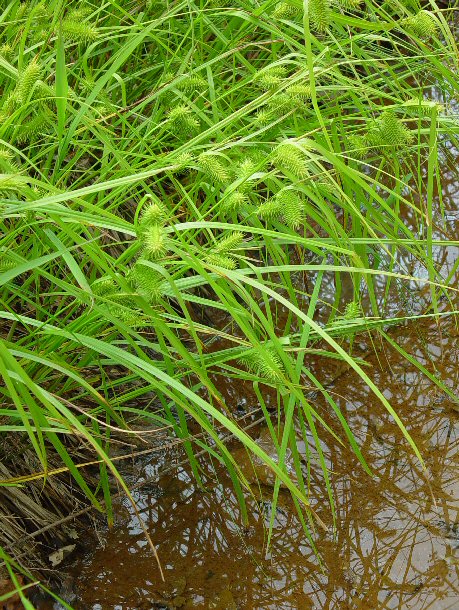

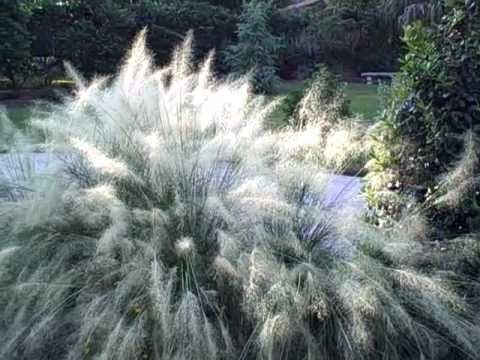
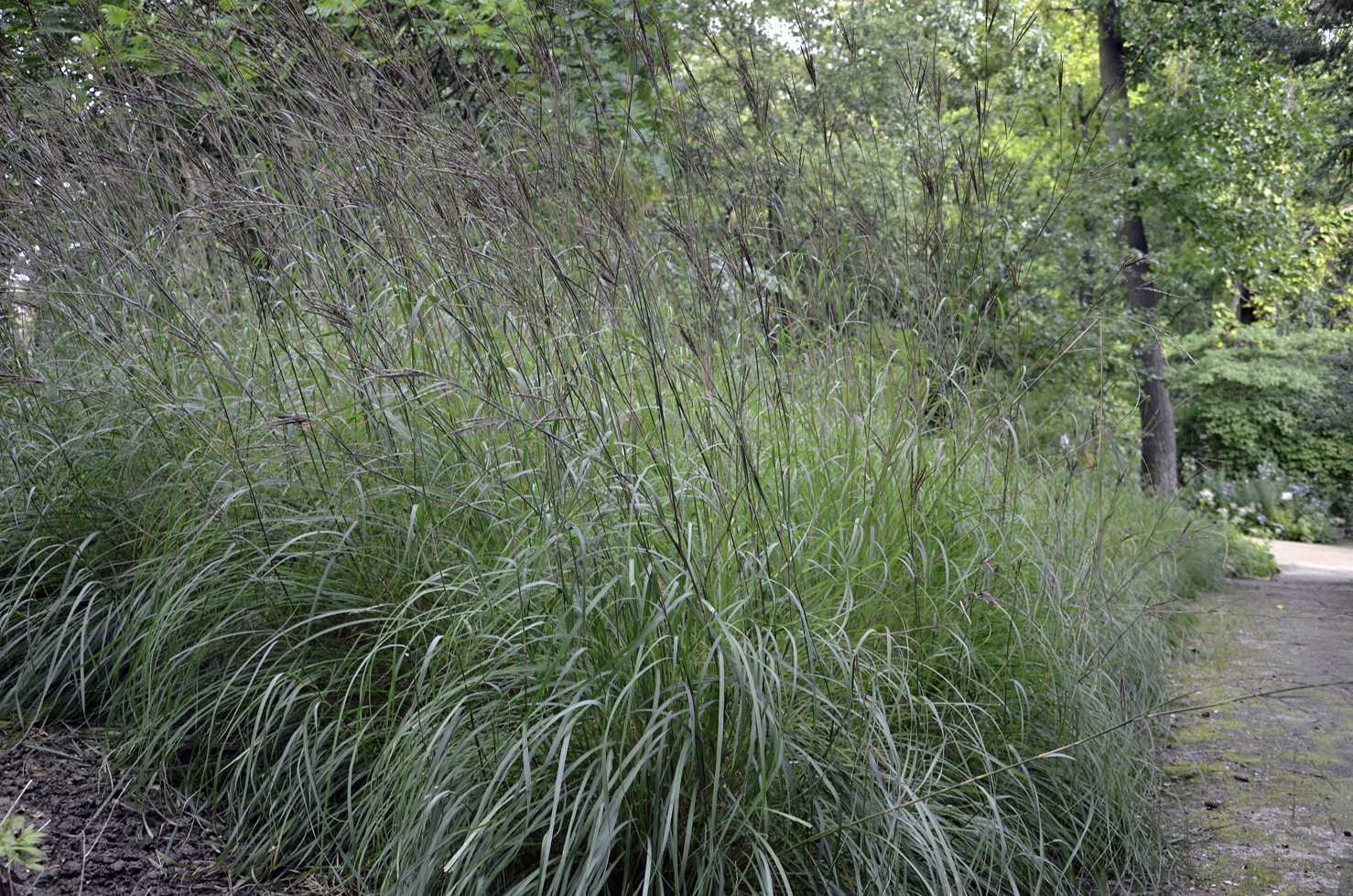
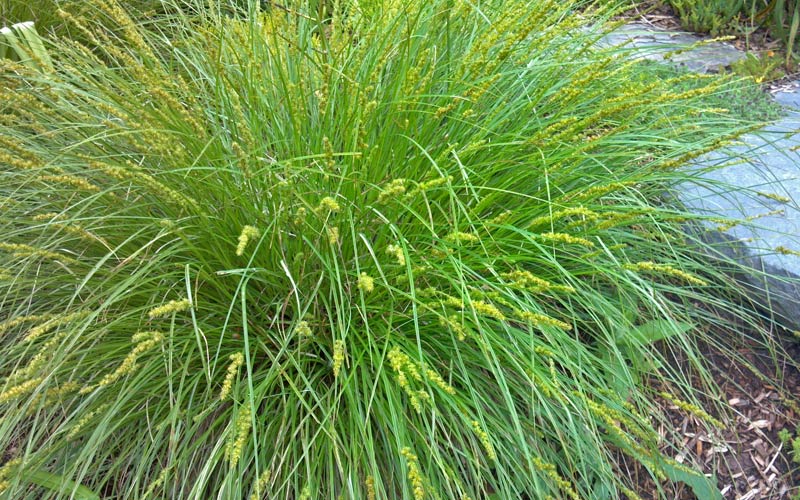

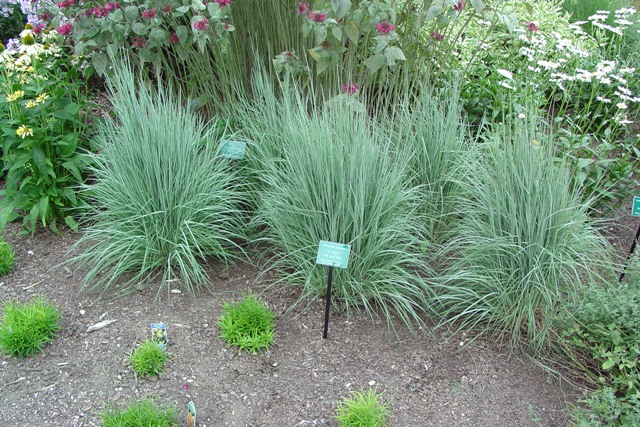
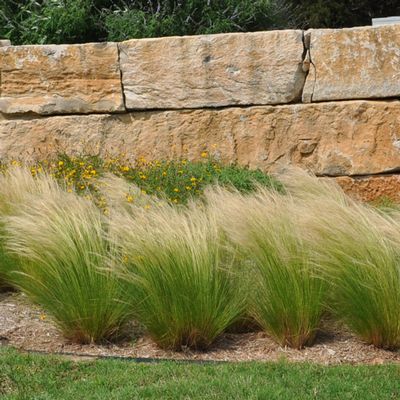

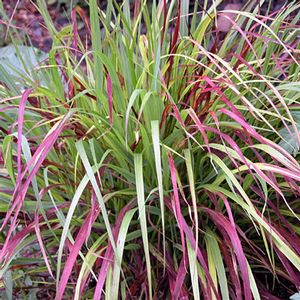
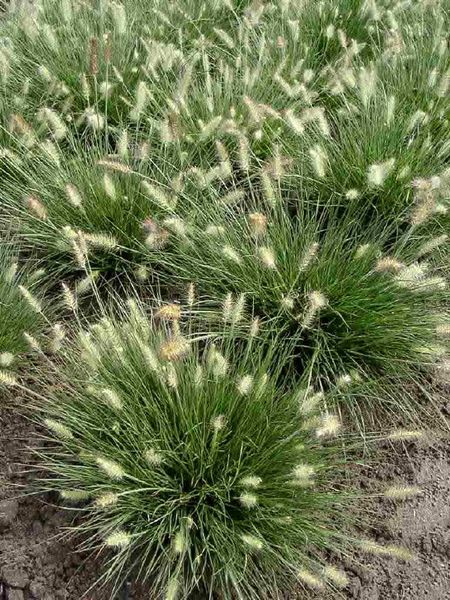

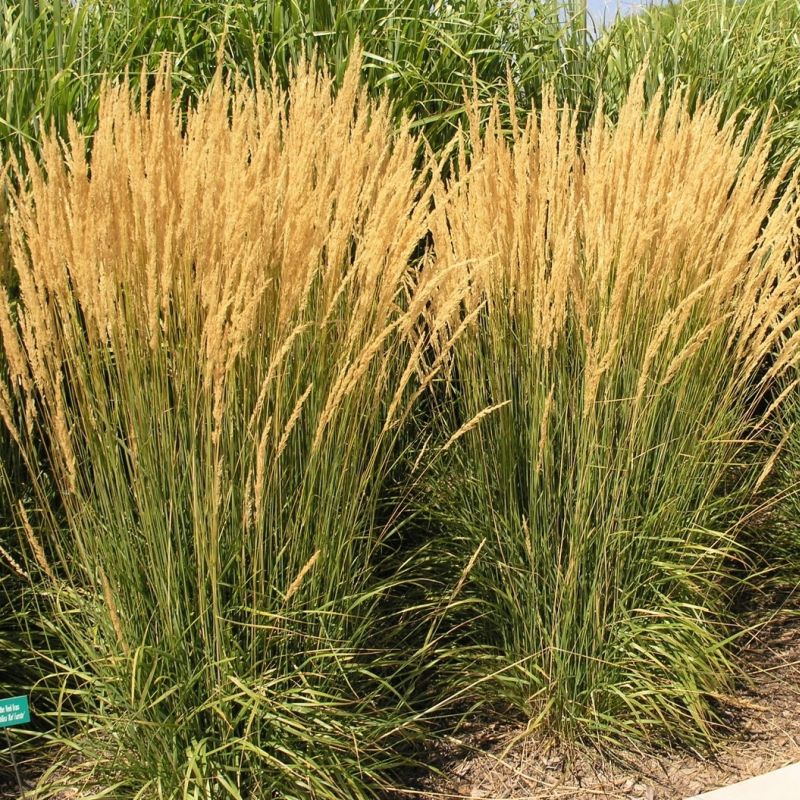

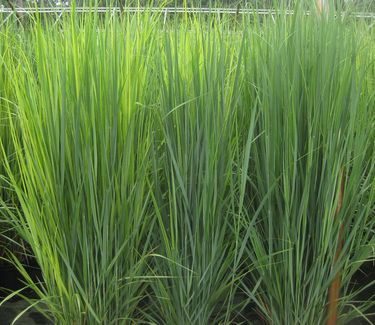
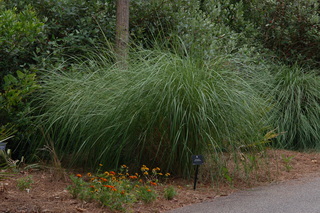


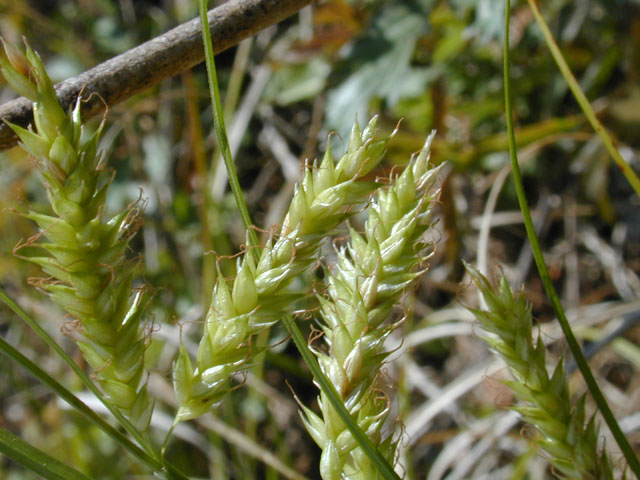
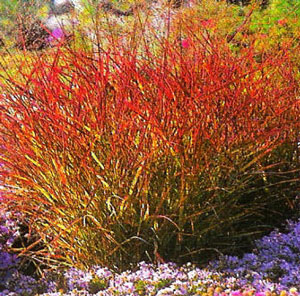
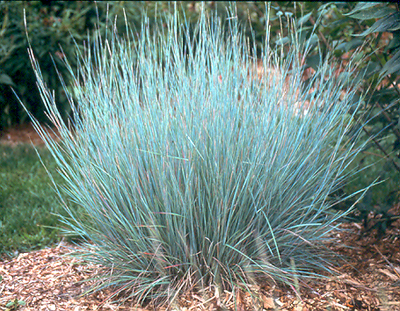
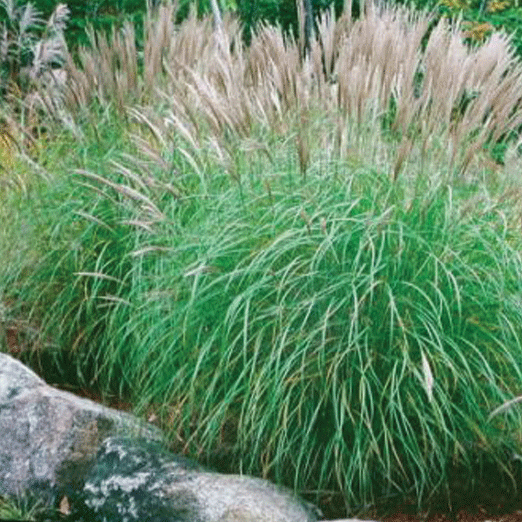

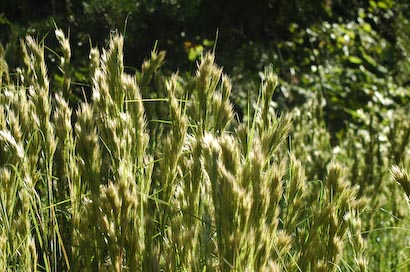

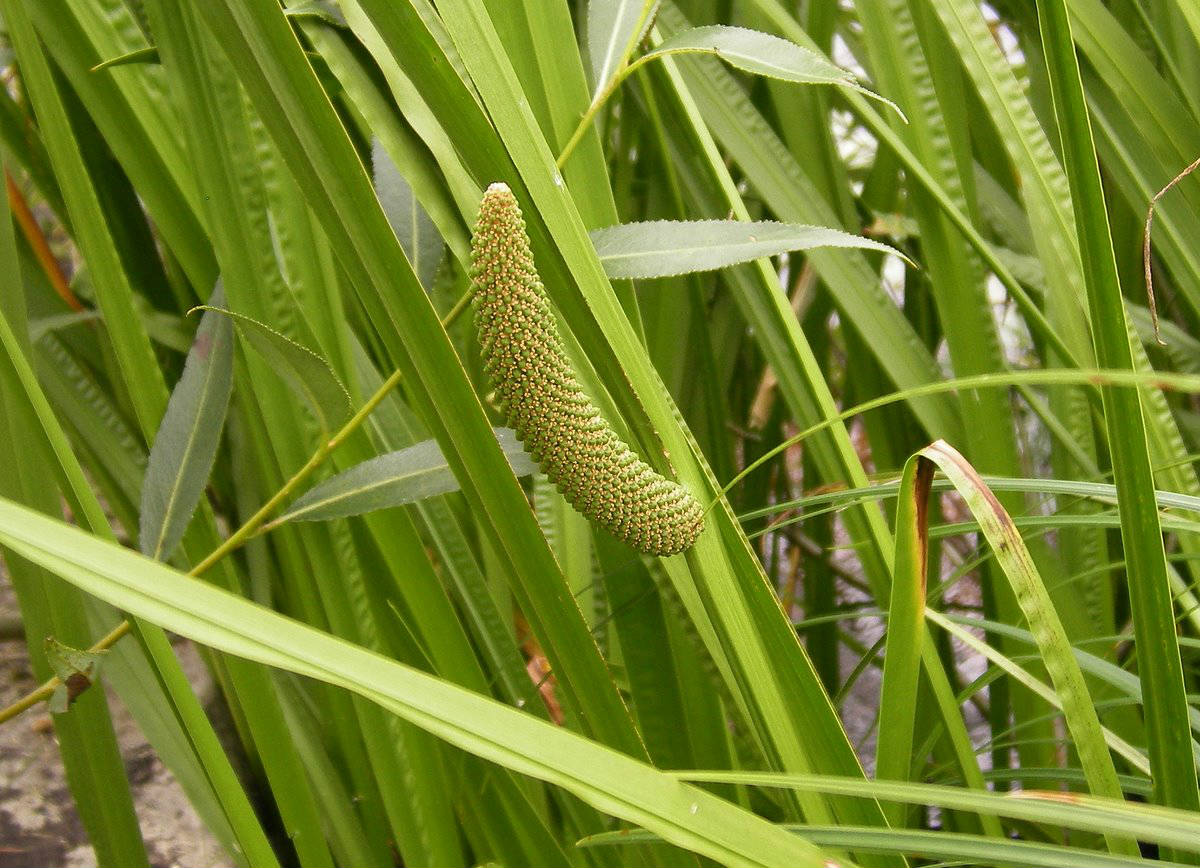
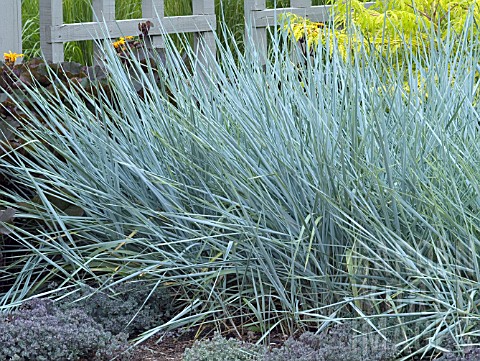

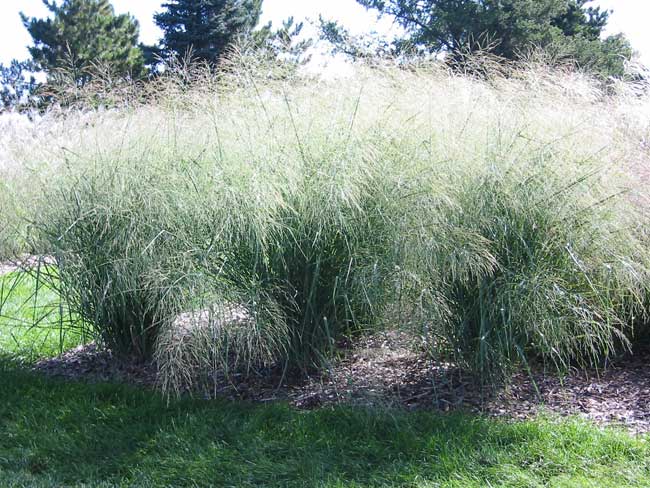
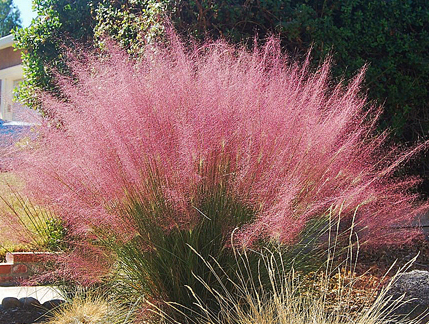
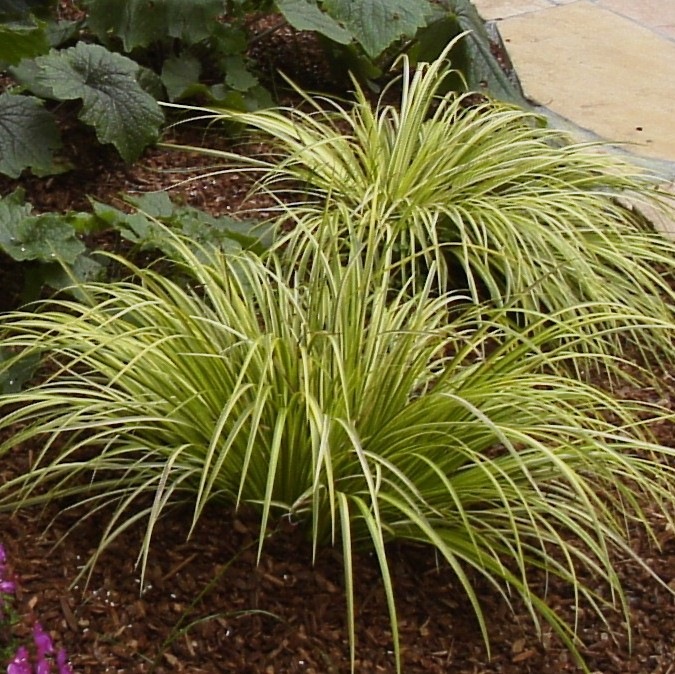
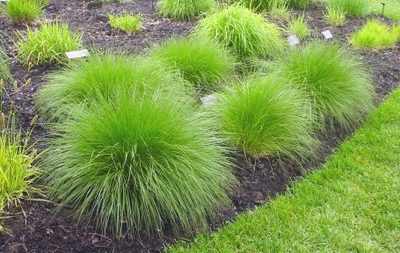
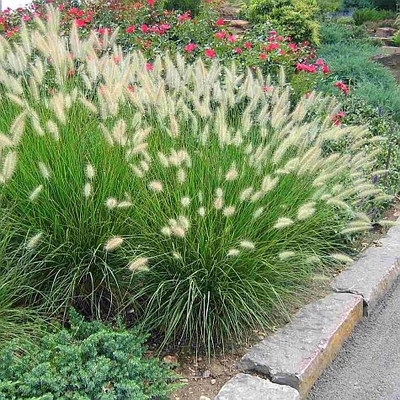
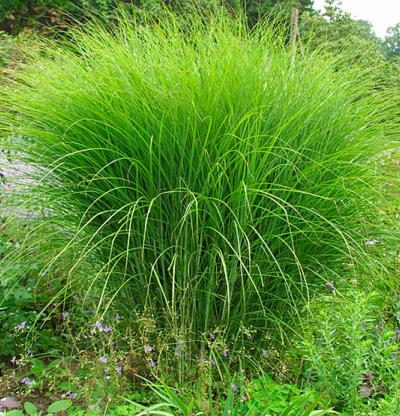
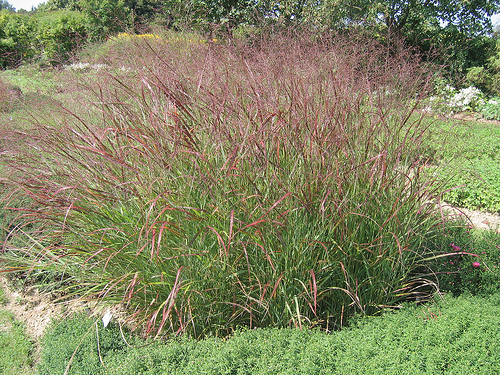

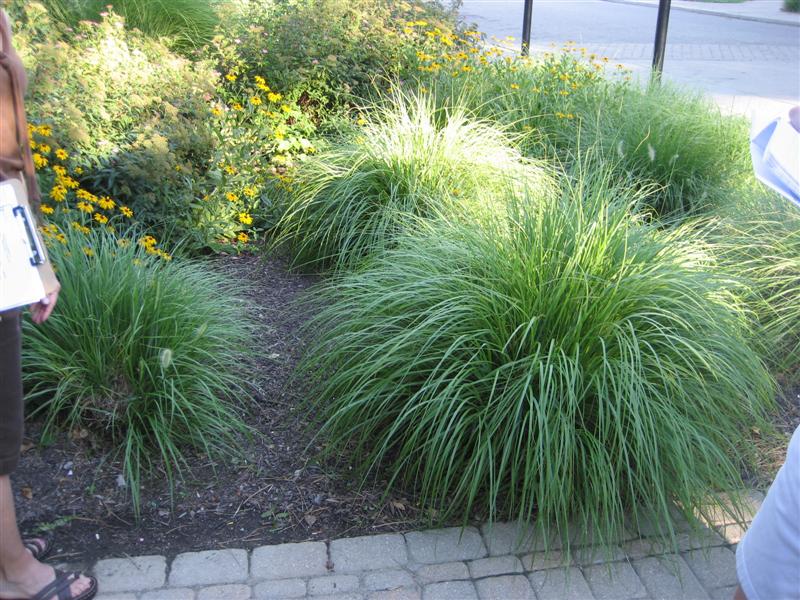
Reviews
There are no reviews yet.